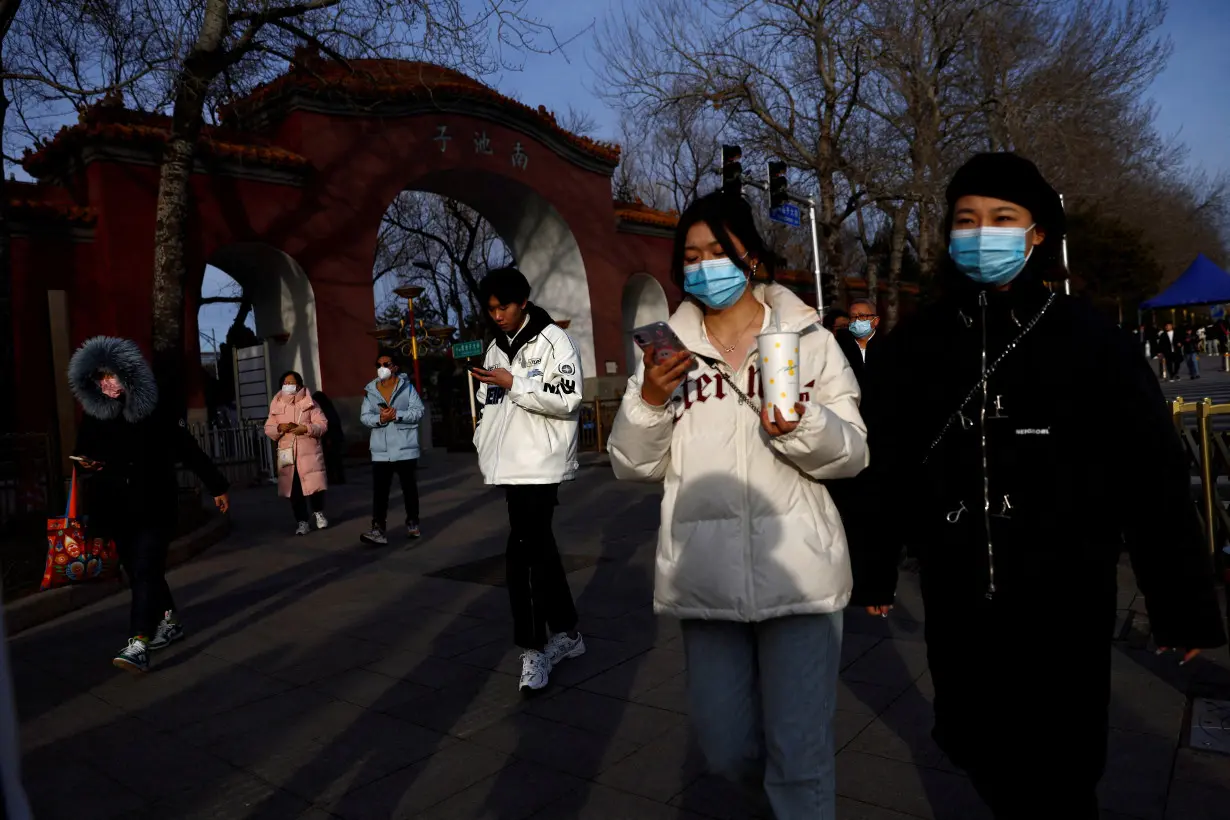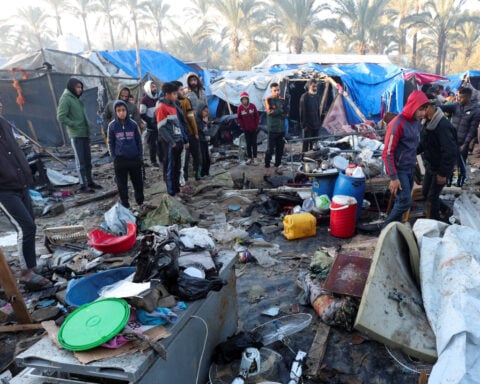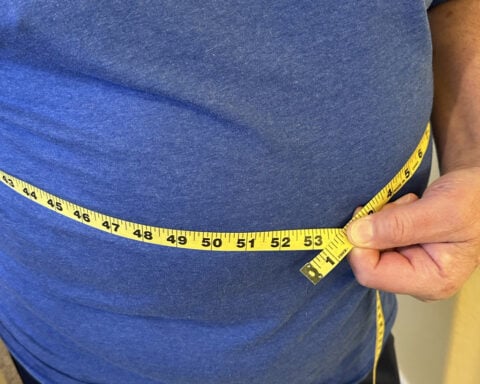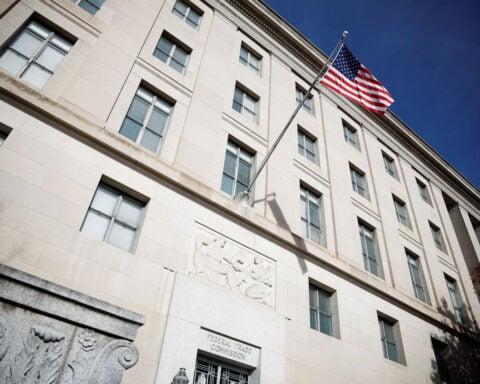By Jennifer Rigby
LONDON (Reuters) - Leading scientists urged caution over fears of another pandemic on Thursday after the World Health Organization requested more information from China on a rise of respiratory illnesses and pneumonia clusters among children.
"We have to be careful," said Marion Koopmans, a Dutch virologist who advised the WHO on COVID-19. "We really need more information, particularly diagnostic information."
Concerns were first sparked internationally by an alert published on Tuesday by the monitoring service ProMED, part of the International Society for Infectious Diseases. It called for more information about "undiagnosed pneumonia - China (Beijing, Liaoning)".
The standard wording of the alert echoed the first-ever notice about what would become COVID-19, sent on Dec. 30 2019: "Undiagnosed pneumonia - China (Hubei)."
Scientists said the similarity of the two alerts had stirred as yet unfounded worries the surge may be caused by another emerging pathogen that could spark a pandemic. They said based on the information so far, it was more likely to be a rise in other common respiratory infections like flu, as was seen in many parts of the world after COVID lockdowns were lifted. It could also signal a resurgence of COVID itself.
The WHO always requests information from countries when undiagnosed or unknown diseases are reported, which happens fairly regularly. However, it does not always put out a press release about doing so, as it did on Wednesday.
Brian McCloskey, a public health expert who also advised WHO on the pandemic, said: "What we are seeing is WHO's International Health Regulations system in action", referring to the rules governing how countries work with WHO on potential outbreaks.
"I am not going to push the pandemic panic button on the basis of what we know so far, but I will be very keen to see the response to WHO from China and see the WHO’s assessment following that," he said.
Both the WHO and China have faced questions over transparency during the early days of COVID. WHO has also since criticised China for withholding data about infections and deaths when it lifted its "zero-COVID" measures, as well as about the origins of the pandemic.
China has 24 hours to respond to the WHO under the regulations.
But some said it was unclear if the illnesses reported were actually undiagnosed. The story which sparked the ProMED alert came from FTV News in Taiwan on Tuesday. In China itself, there has been a lot of recent coverage of a rise in respiratory illnesses, including among children.
The authorities there have attributed it to the lifting of COVID-19 restrictions and the circulation of viruses like influenza as well as mycoplasma pneumoniae, a common bacterial infection that typically affects younger children.
"There is a plausible hypothesis that this could be what we have seen in other parts of the world when restrictions were lifted," said Koopmans, reflecting the views of all of the scientists Reuters contacted.
Virologist Tom Peacock from Imperial College London, who has closely tracked the emergence of new coronavirus variants, said there were good tools available to "pretty rapidly" pick up emerging influenza or coronaviruses, so it seemed unlikely that this had happened under the radar.
"(I) suspect it may end up being something more mundane or a combination of things - say COVID, flu, RSV - but hopefully we'll know more soon," he said.
(Reporting by Jennifer Rigby; editing by Jo Mason and Christina Fincher)

 Stock market today: Asian stocks mixed ahead of US inflation data
Stock market today: Asian stocks mixed ahead of US inflation data
 TikTok seeks to reassure U.S. employees ahead of Jan. 19 ban deadline
TikTok seeks to reassure U.S. employees ahead of Jan. 19 ban deadline
 US won't seek charges in unarmed Black motorist Ronald Greene's fatal 2019 arrest
US won't seek charges in unarmed Black motorist Ronald Greene's fatal 2019 arrest
 Euro zone households could increase consumption, ECB chief economist says
Euro zone households could increase consumption, ECB chief economist says
 Foreigners sold South Korean equities last month by most since early 2020
Foreigners sold South Korean equities last month by most since early 2020
 As fires ravage Los Angeles, Tiger Woods isn't sure what will happen with Riviera tournament
As fires ravage Los Angeles, Tiger Woods isn't sure what will happen with Riviera tournament
 Antetokounmpo gets 50th career triple-double as Bucks win 130-115 to end Kings' 7-game win streak
Antetokounmpo gets 50th career triple-double as Bucks win 130-115 to end Kings' 7-game win streak
 Zheng loses to No 97 Siegemund, Osaka rallies to advance at the Australian Open
Zheng loses to No 97 Siegemund, Osaka rallies to advance at the Australian Open








